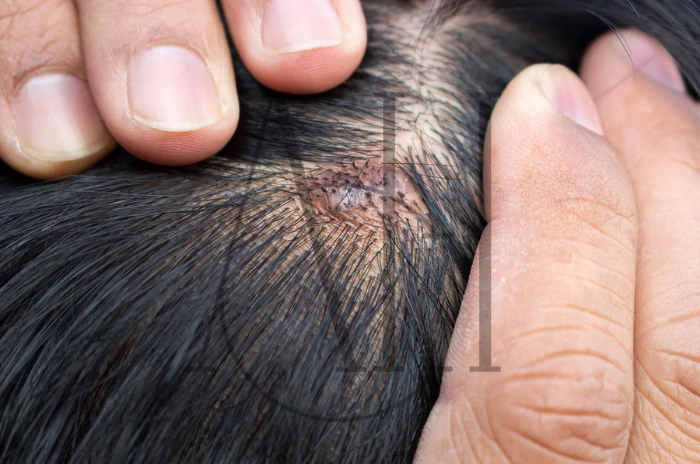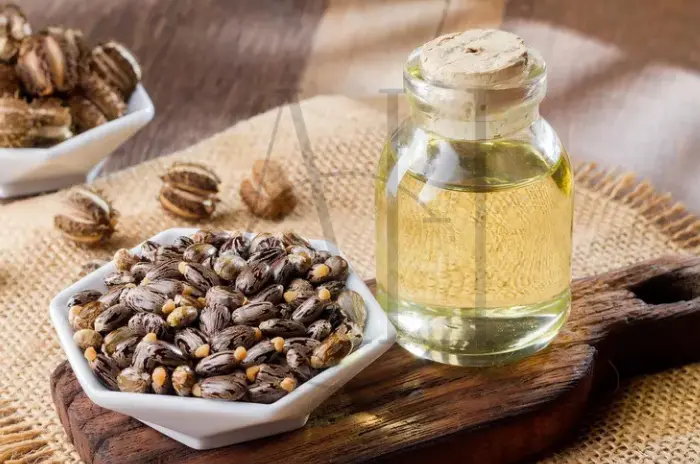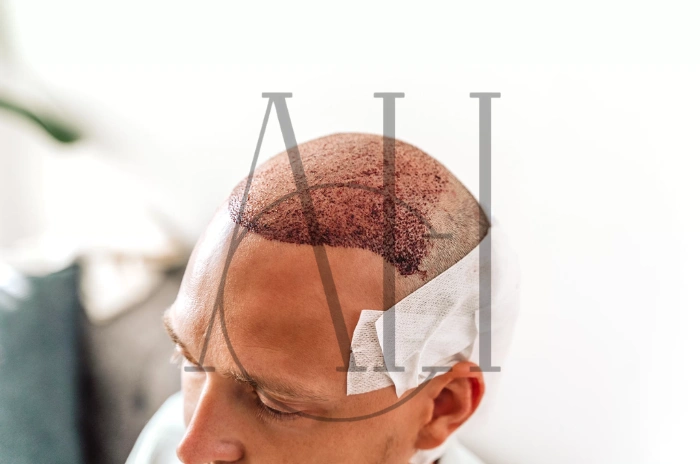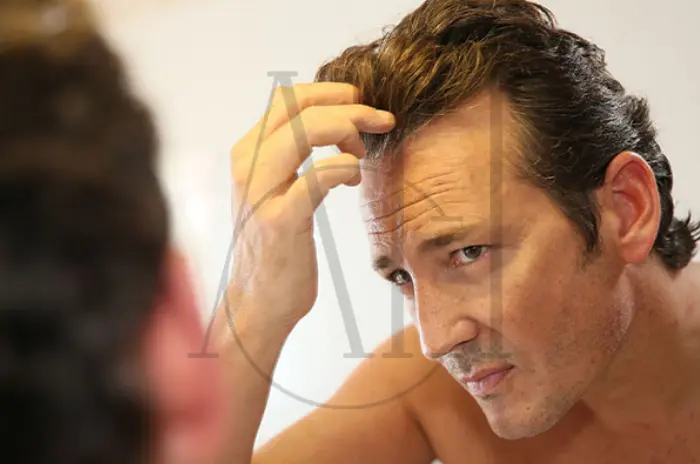Bumps on scalp can be concerning and uncomfortable, affecting people of all ages. These raised areas on the head can range from harmless skin irritations to more serious conditions requiring medical attention. Understanding the various causes, symptoms, and treatment options is essential for proper scalp health management.
Scalp bumps may appear as small, raised lesions, pustules, or larger cystic formations. They can be painful, itchy, or completely painless depending on their underlying cause. Common symptoms include redness, swelling, tenderness, and sometimes discharge or bleeding.
Table of Contents
ToggleWhat causes bumps on scalp
Scalp acne is one of the most common causes of bumps on the scalp. Similar to facial acne, it occurs when hair follicles become clogged with oil, dead skin cells, and bacteria. This condition typically affects teenagers and young adults but can occur at any age.
Folliculitis represents another frequent cause of scalp bumps. This condition involves inflammation of hair follicles, often caused by bacterial, fungal, or viral infections. Scalp folliculitis can result from tight hairstyles, excessive sweating, or using contaminated hair tools.
Head lice infestations create small bumps and intense itching on the scalp. These parasites feed on blood from the scalp, causing irritation and secondary bacterial infections from scratching.
Scalp eczema, also known as seborrheic dermatitis, causes red, scaly patches and bumps on the scalp. This chronic inflammatory condition is linked to an overgrowth of yeast on the skin.
Scalp psoriasis manifests as thick, silvery scales and raised red patches on the scalp. This autoimmune condition causes rapid skin cell turnover, leading to characteristic scaling and bumps.
Contact dermatitis occurs when the scalp comes into contact with irritating substances such as harsh shampoos, hair dyes, or styling products. This allergic reaction creates bumps, redness, and swelling.
Pilar cysts are benign, fluid-filled bumps that commonly develop on the scalp. These cysts form when keratin becomes trapped beneath the skin surface.
Less Common Causes
Hives on scalp can develop due to allergic reactions to foods, medications, or environmental factors. Ringworm on scalp is a fungal infection that creates circular, scaly patches with hair loss. Scalp skin cancer, though rare, can present as unusual bumps or lesions that don’t heal.
| Condition | Symptoms | Appearance | Treatment Duration |
|---|---|---|---|
| Scalp Acne | Painful bumps, oily scalp | Red pustules, whiteheads | 4-8 weeks |
| Scalp Folliculitis | Itchy, tender bumps | Small red bumps around hair follicles | 2-4 weeks |
| Scalp Psoriasis | Thick scales, itching | Silvery scales, red patches | Ongoing management |
| Scalp Eczema | Greasy scales, redness | Yellow, flaky patches | 2-6 weeks |
| Pilar Cysts | Painless lumps | Smooth, round bumps | Surgical removal |
| Contact Dermatitis | Burning, itching | Red, swollen areas | 1-2 weeks |
How to treat bumps on scalp
Treatment for bumps on scalp varies significantly depending on the underlying cause. Proper diagnosis by a healthcare professional is essential for effective treatment planning.
For scalp acne, topical treatments containing salicylic acid or benzoyl peroxide can help unclog pores and reduce bacterial growth. Gentle, sulfate-free shampoos should be used daily to remove excess oil and debris.
Scalp folliculitis treatment typically involves antibacterial or antifungal medications. Topical antibiotics like mupirocin or oral antibiotics such as doxycycline may be prescribed for bacterial folliculitis.
For scalp psoriasis, prescription treatments include topical corticosteroids, vitamin D analogs, and tar-based shampoos. Scalp eczema responds well to antifungal shampoos containing ketoconazole or selenium sulfide.
Contact dermatitis requires identifying and avoiding the triggering substance. Cool compresses, topical corticosteroids, and oral antihistamines can provide relief from symptoms.
Diet and supplements for scalp health
Nutrition plays a crucial role in maintaining healthy scalp conditions and preventing bumps on scalp. A balanced diet rich in essential vitamins and minerals supports skin cell regeneration and immune function.
Omega-3 fatty acids found in fish, walnuts, and flaxseeds help reduce inflammation throughout the body, including the scalp. Zinc deficiency can contribute to various skin conditions, including scalp bumps. Foods rich in zinc include oysters, beef, pumpkin seeds, and chickpeas.
Vitamin D supports immune system function and skin health. Low vitamin D levels have been associated with increased risk of scalp psoriasis and other inflammatory skin conditions.
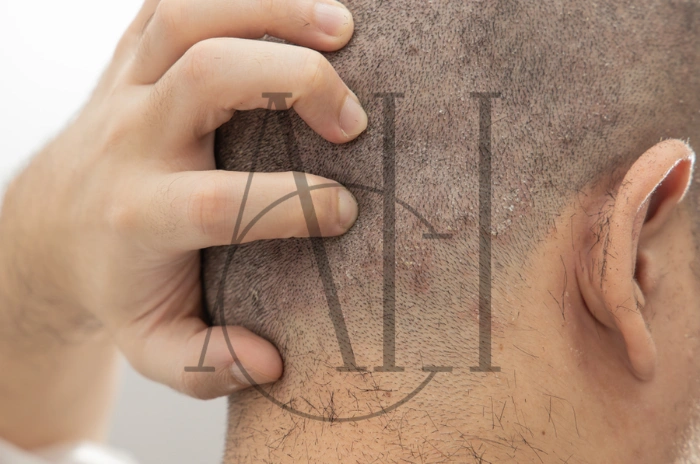
Why You Must Not Scratch Scalp Bumps
Scratching scalp bumps can lead to serious complications and worsen existing conditions. The fingernails harbor bacteria that can cause secondary infections when introduced to broken skin.
Scratching damages the skin barrier, allowing harmful microorganisms to penetrate deeper into the tissue. This can transform a simple bump into a more serious scalp infection requiring intensive treatment.
Chronic scratching can lead to scarring and permanent hair loss in affected areas. The repeated trauma to hair follicles can cause irreversible damage and create bald patches on the scalp.
Scalp folliculitis can spread to surrounding hair follicles through scratching. Open wounds from scratching provide entry points for fungal infections, potentially causing scalp ringworm.
Nutrition and Foods for a Healthy Scalp
A well-balanced diet is fundamental for preventing bumps on scalp causes and maintaining overall scalp health. Protein-rich foods support hair follicle health and skin repair processes.
Antioxidant-rich foods help protect the scalp from oxidative stress and inflammation. Berries, leafy greens, colorful vegetables, and green tea provide powerful antioxidants that support skin health.
Iron-rich foods prevent anemia-related scalp problems and support healthy hair growth. B-complex vitamins are essential for healthy skin cell production and nerve function.
High-glycemic foods like refined sugars and processed carbohydrates can worsen inflammatory skin conditions. Limit consumption of candy, white bread, and sugary beverages to reduce scalp acne risk.
Understanding Scalp Psoriasis and Eczema
Scalp psoriasis and scalp eczema are chronic inflammatory conditions that significantly impact quality of life. Scalp psoriasis affects approximately 2-3% of the population and presents as thick, silvery scales and well-defined red patches.
Scalp eczema, particularly seborrheic dermatitis scalp, commonly affects areas rich in sebaceous glands. It causes greasy, yellowish scales and red, inflamed skin.
Scalp psoriasis typically produces thicker, more adherent scales compared to eczema. The scales have a distinctive silvery appearance and may cause bleeding when removed.
Both conditions can cause itchy scalp bumps and secondary infections from scratching. Hair loss is possible in severe cases but is usually temporary once inflammation is controlled.
FAQ :Bump on Scalp Causes Symptoms and Treatments
What causes common types of painful scalp bumps?
Common causes include scalp folliculitis, infected sebaceous cysts, bacterial infections, and inflamed hair follicles from tight hairstyles or poor hygiene.
What are the most effective treatments for scalp folliculitis?
Scalp folliculitis typically responds well to topical antibiotics like mupirocin, antibacterial shampoos containing benzoyl peroxide, and oral antibiotics for severe cases.
Do diet and supplements affect overall scalp health?
Yes, adequate nutrition including omega-3 fatty acids, zinc, vitamin D, and antioxidants significantly impacts scalp health and can help prevent bumps on scalp.
Why should I never scratch bumps on my scalp?
Scratching introduces bacteria, worsens inflammation, can cause permanent scarring, spreads infection to surrounding areas, and may lead to serious complications requiring medical intervention.

